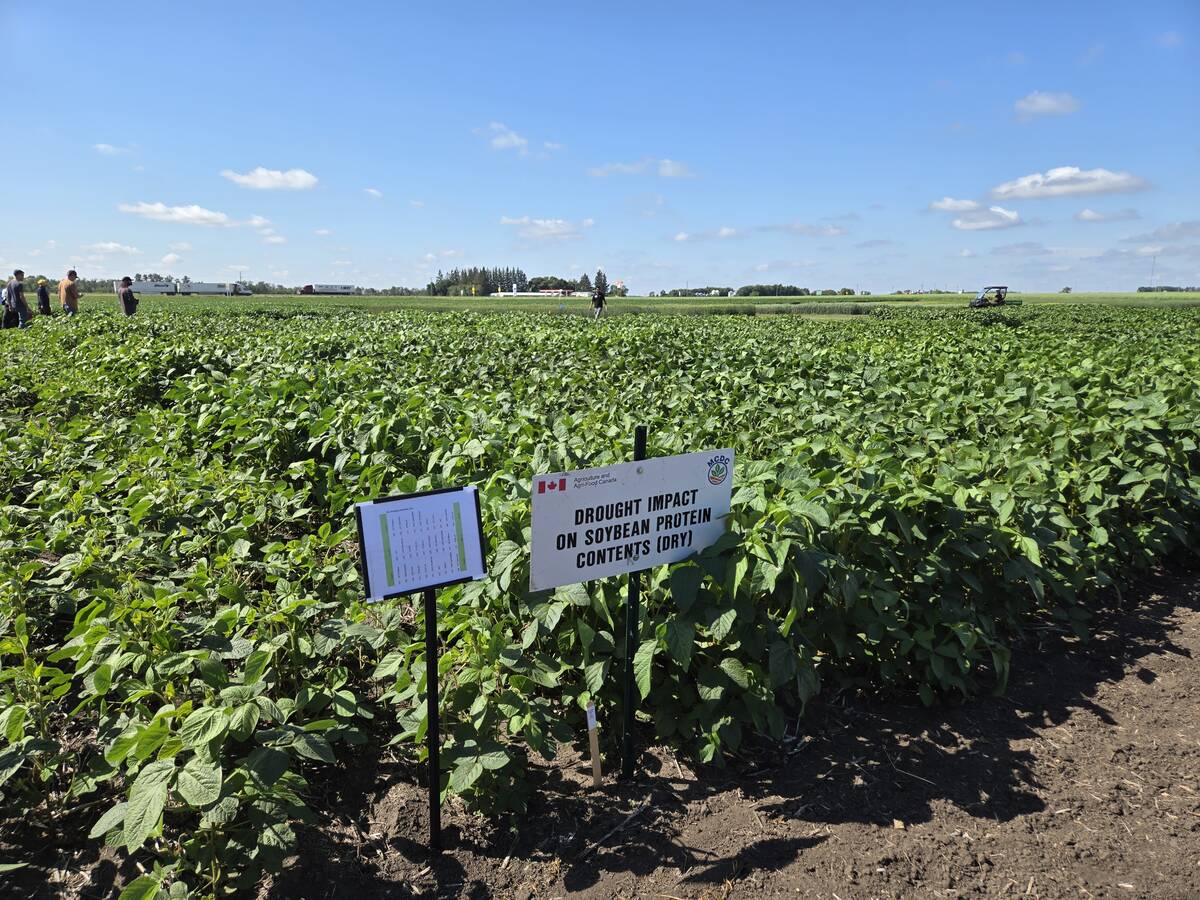The organizations accuse railways of earning hundreds of millions of dollars more than what was supposed to be allowed
A coalition of Saskatchewan farm groups is renewing its call for a costing review of rail services in Canada.
The Agricultural Producers of Sask-atchewan, the Saskatchewan Barley Commission, the Saskatchewan Wheat Commission and the Saskatchewan Pulse Growers Association issued a joint news release March 10 calling on Ottawa to conduct a complete examination of “railway costs and efficiency gains” as part of its current review of the Canada Transportation Act.
The groups released a report suggesting that the amount of money earned by railways for hauling prairie grain is hundreds of millions of dollars above levels that were previously deemed acceptable by the Canadian Transportation Agency.
Read Also

Carberry field day looks for agriculture solutions
Manitoba farmers explored research solutions for resilient crops, perpetual agronomic issues and new kinds of agricultural products at a field day at the Manitoba Crop Diversification Centre in Carberry on Aug. 6.
The report, which was prepared by John Edsforth of Travacon Research, said Canadian Pacific Railway and Canadian National Railway earned nearly $2 billion “in excess of the contribution level that was deemed fair and adequate” by federal regulators between 2008 and 2014.
Citing previous rail costing reviews and CTA rulings, the report said railway earnings should be limited to 20 percent above the railways’ variable costs.
By that measure, the railways exceeded acceptable earnings from grain by $322 million, or $8.36 per tonne, in the 2013-14 crop year.
“What these numbers mean is that grain producers are being overcharged,” said APAS president Norm Hall. “As grain producers, rail service and cost directly impact our ability to compete internationally.”
Barley commission chair Cam Goff said current regulations that limit the amount of revenue railways can generate from grain need to be adjusted to reflect the new environment in which railways operate.
He said the railway revenue cap, also known as the maximum revenue entitlement (MRE), which limits the railways’ per tonne revenue, is good in theory and should be retained unless another, more effective mechanism is put in place.
However, the formula used to calculate the MRE may no longer be relevant, given changes in the industry, he added.
Efficiency gains realized by the railways over the past 10 years have reduced variable costs at CN and CP, but freight rates have not been adjusted accordingly, Goff said.
As a result, railways are retaining more profits from each tonne of grain they move, in spite of the revenue caps.
“The excess revenue earned from grain movement is a direct result of productivity gains being fully captured by railways,” the farm leaders said in a joint statement.
Neither CN nor CP were immediately available for comment.
brian.cross@producer.com















